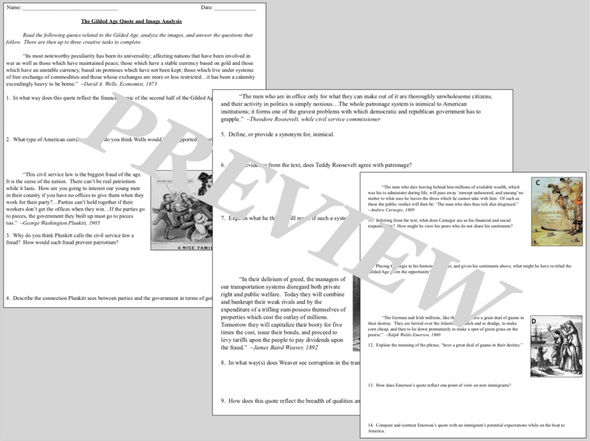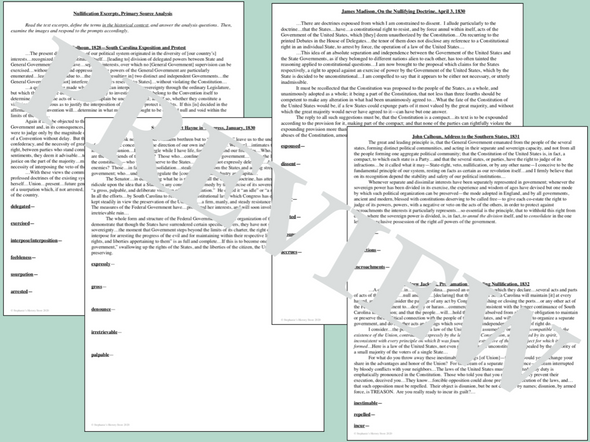Description
Students will learn about industrial labor, the rise of unions (the Knights of Labor, American Federation of Labor, and the IWW), and strikes during the Gilded Age with this learning packet covering the 1877 Railroad Strike, Haymarket Square in 1886, 1892 Homestead Strike, and the Pullman Strike of 1894. They will answer 17 questions, complete 10 true/false/fix statements, fill out a sorting chart, and analyze 14 political cartoons by responding to 18 questions and creative prompts. Time permitting, they will also analyze 10 quotes by answering 17 questions.
This would be great for a sub and the answers are included where appropriate!
Sample questions include:
--What was different about the Gilded Age that resulted in this rise of labor fighting for workers’ rights?
--Identify and explain the greatest similarity between the strikes and explain why it was the most significant similarity.
--How does this political cartoon illustrate a cause of the rise of the labor movement?
--Summarize the message of this political cartoon. Then, write your own historically responsible caption for the image.
--Compare and contrast the relationship between workers and management in these two images.
--Which event does this image most connect to and why? Does it support or oppose the men pictured and why?
--Inferring from the excerpt and historical context, why might Lloyd have associated patriotism with being against monopolies?
--Would James Weaver have supported workers or management and why?
--Based on this quote, would Sumner and Carnegie have seen eye to eye? Why or why not? What about Sumner and Vanderbilt?
--How does Carnegie justify the current industrial conditions of the Gilded Age?
Click here for more resources from Stephanie's History Store




















